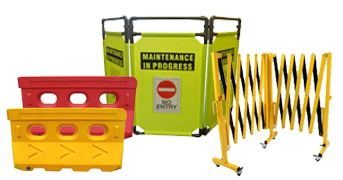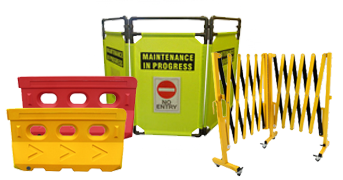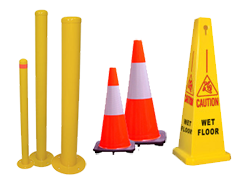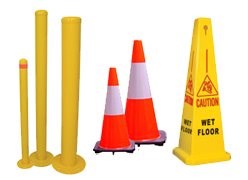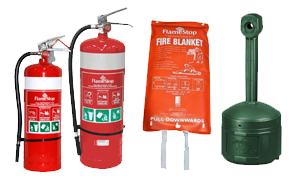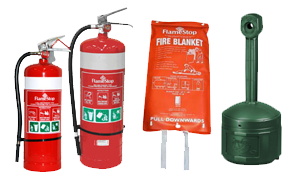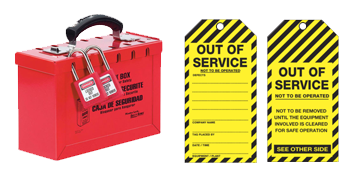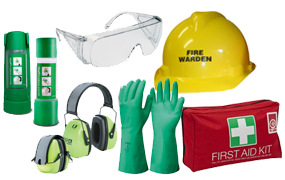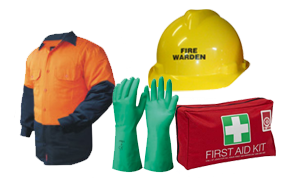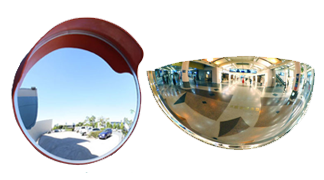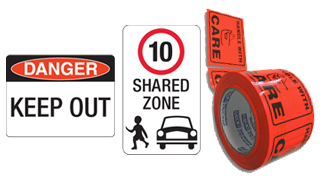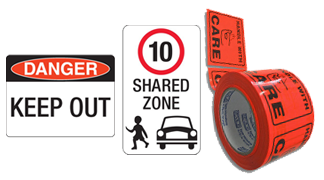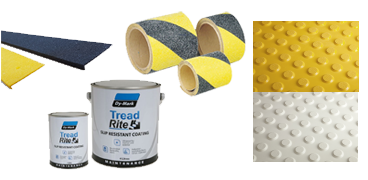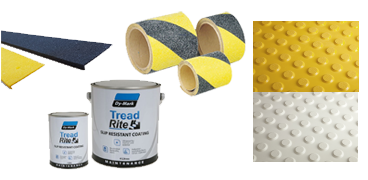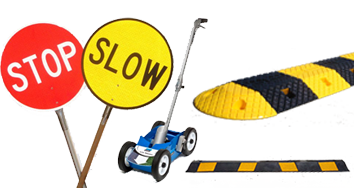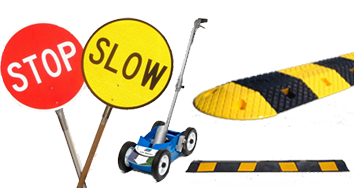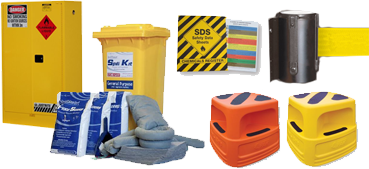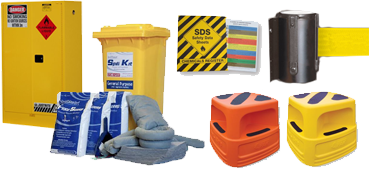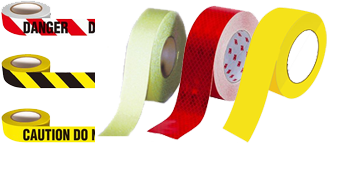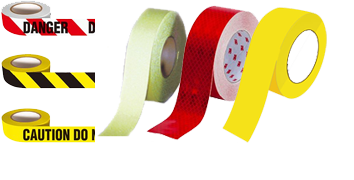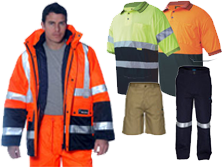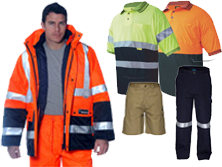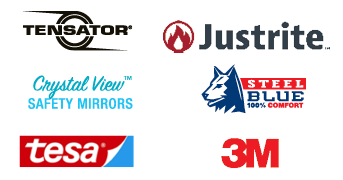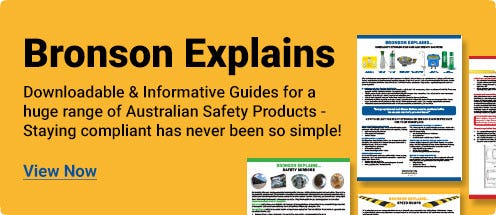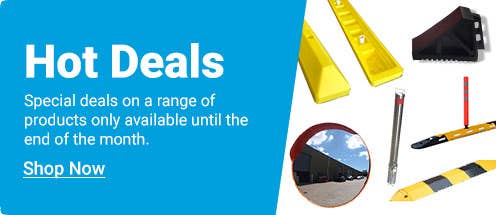Car Park Control
Protect important company and customer assets and ensure that car parks are pedestrian safe.
A Wheel Stop is commonly required to:
- Prevent vehicles from overhanging onto a kerb or pedestrian footpath, as this is considered a hazard.
- Protect a company’s property by inhibiting contact with an end barrier, high kerb or wall.
- Protect customers’ property by inhibiting encroachment into an opposing parking space or vehicle.
The use of a Wheel Stop should be avoided when:
- It is likely to block or obstruct the path of pedestrians when moving to and from their vehicles.
- Pedestrians are likely to be crossing the area for any other foreseen purpose
Product Specifications and Requirements:
All Australian business owners must meet the WHS requirements for Wheel Stops, as set out in the Acts and Regulations of their State or Territory. Australian Standards outline reasonable practices necessary for a business owner to perform their minimum duty and eliminate or minimise risk in the workplace under WHS law.
Australian Standard AS2890.1-2004 outlines the strict specifications and procedures for Wheel Stops in Australia. Wheel Stops in Australia must be between 90mm and 100mm in height, and 1650mm ± 50mm in width. All Bronson Safety Wheel Stops are 100mm high.
Bronson Pro Tip: The highest quality and best performing Wheel Stops are those made of plastic (linear low density polyethylene) or rubber material, respectively. Best practice indicates that Wheel Stops should consist of bright and/or reflective surfaces, so as to increase visibility and decrease wear and tear. Wheel Stops may also be used in conjunction with other protective devices, such as bollards, to further protect assets. Ensure that these are highly visible.

